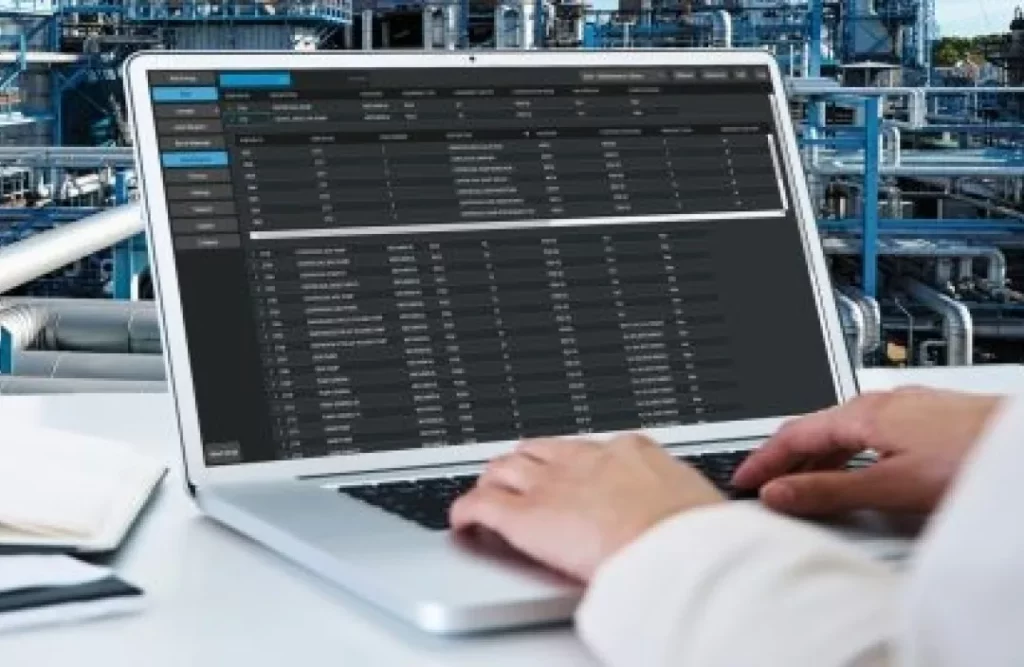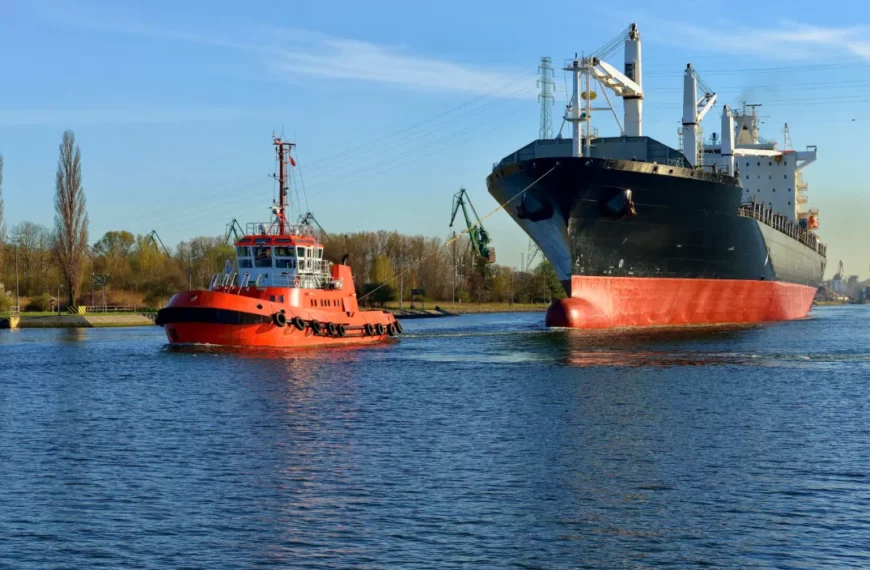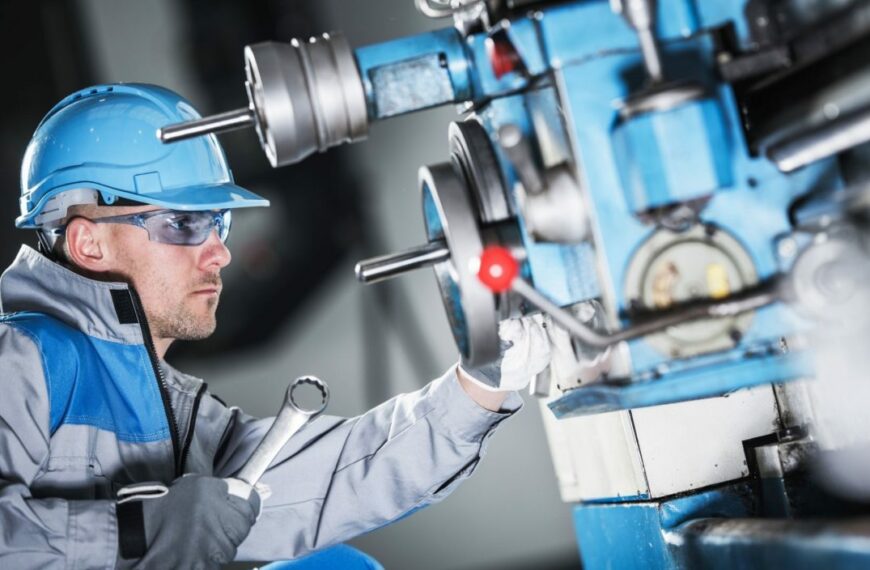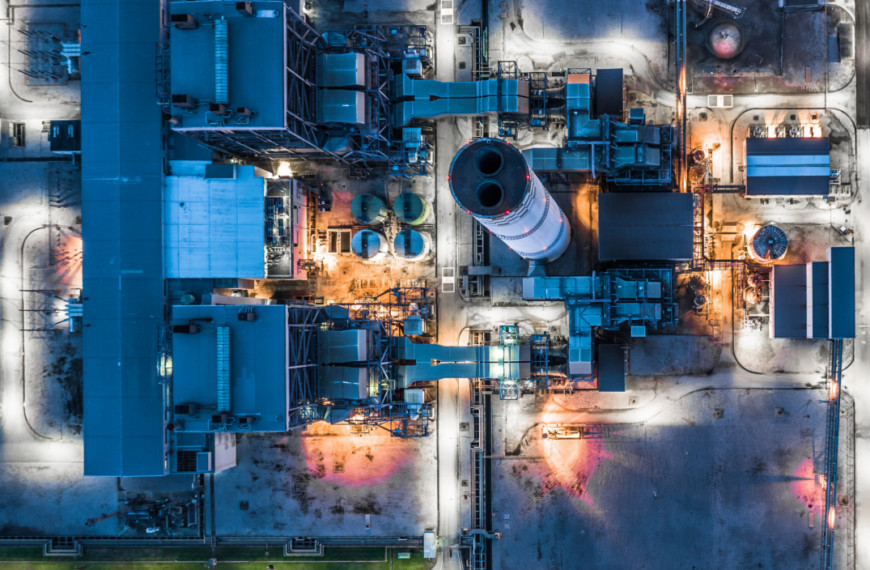
The complete guide to maintenance strategy
What is a maintenance strategy?
Maintenance is defined as the process of preserving a condition or situation or the state of being preserved by checking, inspecting, replacement or repair of components and/or parts. Whether it is carried out before or after the equipment fails, maintenance is essential for the asset to perform its required function effectively for the rest of its expected lifespan, as well as preserving its life expectancy.
A maintenance strategy can refer to the process of planning, identifying, resourcing and carrying out a multitude of tasks which constitute maintenance, such as inspections, function testing, repairs and replacements.
Choosing a successful maintenance strategy requires a rich understanding of maintenance management principles and practices, as well as a deep level of knowledge around particular facility and equipment performance. In addition to creating an efficient maintenance strategy, optimising an existing strategy is also very important, as it can unlock significant value.
Why are maintenance strategies so important?
As the drive for increased output on tighter budgets sweeps a number of industries – from maritime and manufacturing to energy and renewables – paired with the need for focus on safety practices, maintenance management and maintenance strategies have become even more important in today’s modern world.
Without a clear maintenance strategy in place, there is a risk of non-compliance with regulatory agencies, extremely high labor costs, in addition to the loss of production and subsequent revenue if an equipment piece fails unexpectedly. More importantly, there’s a safety risk in terms of incidents and accidents, not to mention the massive environmental impact if there are spills or releases of harmful materials.
Following an effective maintenance strategy is a vital component of running any profitable business efficiently. Having a clear strategy in place unlocks the ability to anticipate and plan for any maintenance requirements, which presents a multitude of benefits to the company as a result.


4 benefits of having a successful maintenance strategy in place

1. Minimises the risk of asset failures and unplanned downtime
For large plants and operations, downtime can cost companies millions of dollars per day in lost revenue, so it’s crucial to avoid any potential failures of assets that are crucial to production and output. A well-refined maintenance strategy can help to identify potential equipment failures and address them before they occur, which ultimately helps to increase overall productivity and reduce the risk of lost revenue due to downtime.

2. Improves health and safety
In addition to maximising production and output, regular maintenance and inspections can help teams identify potential safety hazards and address them before they cause harm to employees or damage to the environment. Equipment and assets can be dangerous if they aren’t maintained correctly, so having a fully optimised maintenance strategy in place allows companies to create a safer workplace and reduce the risk of legal liabilities.

3. Reduces costly repairs and replacements
A proactive maintenance approach can help teams identify issues with their assets early on, allowing for timely repairs and adjustments before they become bigger and more costly problems to fix. By having an effective maintenance strategy in place that focuses on optimisation, companies can plan ahead, be more proactive and reduce the likelihood of expensive repairs or replacements that could occur in the future.

4. Extends asset life span
By implementing a fully optimised maintenance strategy, you can identify and address potential issues before they become critical and have a detrimental effect on the asset’s lifespan. Organisations around the world are heavily focused on asset lifetime extension, and having an effective maintenance strategy in place helps to do so, as it significantly reduces the frequency of repairs and replacements, saving companies money in the long run.
6 types of maintenance strategy
Maintenance managers can often have trouble identifying which maintenance strategy is best to use for various assets and pieces of equipment. Maintenance management strategies can be split into 6 key categories, each with different circumstances in which to use them…

Preventative maintenance strategy
This is a proactive approach to maintenance where adjustments, cleaning, repairs and part replacements are carried out to uphold the reliability of working assets before failure and downtime occurs. This type of strategy helps to reduce the volume of corrective maintenance, which can become costly, and is particularly important for safety-critical assets and those that are essential for production output.

Predictive maintenance strategy
Using monitoring tools and software to track equipment performance, this strategy seeks to identify possible issues using data analysis and allows maintenance teams to fix any defects before the equipment fails.

Reliability-centered maintenance strategy
This type of strategy is focused specifically on improving the reliability and safety of a facility, and is implemented to optimise the overall maintenance program. Usually a specific strategy is developed for each asset to ensure productivity through the use of cost-effective maintenance techniques.

Risk-based maintenance
To ensure that maintenance across a plant or facility is optimised in a way that reduces the risk of failure. This strategy prioritises maintenance on assets that would result in the highest risks if they were to fail, and is helpful for companies looking to implement the most economical maintenance program, as this focuses on the most safety critical assets. This is data driven and calculation based approach.

Run-to-failure maintenance strategy
This is where assets are permitted to operate until they break down, with no maintenance carried out until that happens. This method can only be used on non-critical pieces of equipment which won’t impact safety or production when they fail, and when there are spare parts and reliable staff on hand.

Scheduled Maintenance
Sometimes referred to as calender based maintenance, while we will not prevent catastrophic equipment failures, it will decrease the number of failures. Minimising failures translates into maintenance and capital cost savings. While preventive maintenance is not always the optimum maintenance program, it does have several advantages over that of a purely reactive program along with the simplicity of knowing the resource types required, how many, for how long and when they are needed.
Discover ABL’s maintenance services
Creating and implementing an effective maintenance strategy in 7 steps
Creating a maintenance strategy can seem like a daunting task for those who haven’t prioritised one before. However, developing a maintenance strategy can be summarised in 7 key steps, from knowing your current maintenance capabilities, right through to managing the culture change that comes with a new strategy.
Although the process may vary across different organisations that have different requirements, each stage in the framework is crucial to developing a clear and effective maintenance strategy that allows companies to reduce costs and maximise output.


Identify critical assets and current maintenance capabilities
To develop an effective maintenance strategy, you must first identify which assets are critical to safety and production, as well as your maintenance capabilities and maturity level. In other words, how developed are your existing maintenance processes and systems, and how efficiently are these processes working in your operations? It is one thing to be able to fix things, but planning, organisation and technical capabilities are also essential elements of maintenance activities as your team adopts a more active strategy.

Analyse the performance of your existing operations and define maintenance objectives
To know where you need to go, you must first identify where you currently stand in terms of your maintenance operations at present and how successful they are. Collecting and analysing data on equipment availability, where there is downtime, causes of any asset failures, where time and money is being spent, and the return on investment with current activities will allow you to set clear and relevant objectives for your maintenance going forward. These should also align with your operational facilities and overall business goals and strategy.

Decide on the right maintenance approach for your assets
Choosing the right maintenance approach for each of your assets is fundamental for ensuring your operations are safe and cost-effective across the board. Whether you decide to use a preventative, predictive or run-to-failure approach, this must be selected based on the criticality and condition of your assets. On key assets, the goal should be to deliberately select the right maintenance approach for each type of equipment failure in a way that minimises the overall cost of the failure to the organisation.

Develop a clear maintenance plan
Once an approach has been identified, you can then create an optimised and effective maintenance plan that helps you reach the objectives that have been set. The maintenance plan should clearly outline all maintenance activities that need to be performed, the schedule and frequency of these activities and the resources or spare parts needed to execute the plan. This acts as a clear and comprehensive guide for maintenance teams to carry out their work effectively and understand what needs done and why.

Implement the maintenance plan
Once the plan has been developed, it’s time for maintenance teams to carry out the work required. This involves planning and scheduling your maintenance – allocating resources, assigning tasks, and ensuring the plan is executed correctly. It’s often important to implement a structured project management approach to minimise any resistance and make sure that your efforts up to this point don’t go to waste. No matter what size the organisation is, training can help to ensure lasting change and buy-in from every team member involved.

Monitor results and improve your strategy
To determine the success of your maintenance strategy, it’s vital that you continuously monitor the performance of your assets and collect data to analyze the results. By using maintenance analytics and benchmarking tools, you can gain a deeper understanding of performance gaps, and clearly identify whether or not your strategy is working, where time is being spent and where improvements could be made in order to maximise production and enhance safety going forward.

Develop a feedback loop
It’s one thing to identify where improvements could be made in your maintenance plan, however, it’s important to follow up on any insights gathered and ensure improvements are continuously being implemented by your maintenance team. Developing a feedback loop ensures that the observations made from analysing the maintenance activities are integrated back into the maintenance strategy for positive change to be made. Maintenance strategies can never be set in stone; it’s vital that they are constantly updated and refined to reflect changing business needs and goals.
Maintenance strategy centralisation and alignment
In order for maintenance to be executed correctly, scheduled efficiently and budgeted effectively, it is important that maintenance strategies are aligned so there is a minimum standard of how to maintain common equipment types across similar applications.
Maintenance centralisation is the process of consolidating maintenance activities and resources within an organisation, and involves establishing a central maintenance department or team that is responsible for managing and coordinating all maintenance-related activities across the organisation. Building a suite of planned maintenance strategies in this way is a critical part of achieving maintenance excellence, and unlocks the following benefits:
Improved efficiency
By centralising maintenance activities, organisations can streamline their processes on maintenance that is executed differently on similar pieces of equipment, identify gaps and pinpoint areas where the greatest benefit can be gained. This helps to reduce redundancy, resulting in improved efficiency and reduced costs.
Better resource allocation
Centralisation allows for better allocation of resources, including personnel, equipment, and supplies, ensuring that they are used effectively and efficiently. For instance, personnel can be transferred between assets effectively and efficiently due to a common approach and standards to maintenance.
Standardisation of processes
With a centralised maintenance strategy, organisations can establish standard operating procedures and best practices that can be consistently applied across the organisation, ensuring that maintenance activities are carried out to a high standard.
Improved communication
Centralisation can improve communication between departments and stakeholders, facilitating collaboration and knowledge sharing through a common maintenance strategy template.
Increased safety
Centralising maintenance activities can help ensure that safety procedures and protocols are followed consistently, improving equipment integrity and reliability, and reducing the risk of accidents and injuries as a result.
Key considerations when developing a maintenance strategy
Developing an effective maintenance strategy can be a complex and challenging task, as there are several factors to consider:
Identifying the right maintenance approach: One of the biggest challenges of developing a maintenance strategy is choosing the most suitable approach. Selecting the right one requires a thorough understanding of the equipment, production process, and budget.
Balancing cost and reliability: Maintaining equipment can be expensive and there is a constant trade-off between cost and reliability. Developing a maintenance strategy that maximises equipment uptime while keeping costs under control is a major challenge for teams regardless of which industry they’re operating in.
Managing data: With the rise of Industry 4.0 and the Internet of Things (IoT), maintenance strategies are becoming increasingly data-driven and digital. Collecting, analysing, and utilising data from sensors and other sources can be a significant challenge for companies that lack the necessary expertise and resources.
Ensuring safety and compliance: Maintenance activities can be potentially dangerous, so developing a maintenance strategy that minimises risks and complies with safety regulations is essential, but can be a significant challenge. Many industries are subject to strict regulations and standards, with a number of checks and balances to meet to ensure the safety of their teams.
Embracing sustainability: In today’s world, sustainability is an essential consideration for any maintenance strategy. Companies must develop maintenance practices that minimise their environmental impact, conserve resources, and support their sustainability goals in order to contribute to a greener future.

Maintenance strategies during mergers and acquisitions
Maintenance during a merger or acquisition is not only a process of combining assets, it’s also about understanding how the equipment is being maintained.
Each company will have its own maintenance strategy, and way of carrying out maintenance, so there are a number of questions that need to be addressed during a merger or acquisition:
- How do you identify maintenance?
- What CMMS do you use?
- How do you carry out maintenance and how often?
- Are you doing it efficiently or are you doing it more reactively?
- Are you actually addressing all of the potential failures that could potentially happen to that piece of equipment?
- Have you been keeping up with regulations?
- Have you been inspecting all of the equipment?
A common issue of not having or following a standard methodology once two companies become a single entity is consistency in implementing maintenance tasks. Having standard methodology and a clear strategy which identifies maintenance based on industry best practices, while also taking into consideration the consequences of failures, will allow the company to maintain assets more efficiently.
To overcome this challenge, it’s important to get operations and maintenance teams involved from the start when enhancing a maintenance strategy during this transition. These are the people who are carrying out the work, so their buy-in is what will ensure success when it comes to maintenance.
Learn more about maintenance during mergers and acquisitions
How ABL can help with your maintenance strategy
We have developed award-winning software and best-in-class maintenance standards to help you maximize production and reduce operational costs. Our team of highly experienced experts are here to help you develop and implement highly optimised maintenance strategies, specifically designed to meet your business goals.
Our software, Effio, is a revolutionary piece of software which is centered around master data build, asset register and optimisation, empowering teams to efficiently deploy their maintenance strategy.



“There are many reasons why companies aren’t optimizing their maintenance strategy – from being stuck in “firefighting” mode, to a lack of data to confidently base decisions on. At ABL, we can work closely with your team to update and enhance your maintenance plans – and our approach is focused on identifying quick wins and areas where the biggest impact will be achieved.”
Stuart Murray, Head of Technical at ABL
Asset Maintenance Strategy Development and Annual Reviews
Client: Marine Asset: Vessel classes RAstar 85, ART 80, RT 80, z-tech Project Objective: To develop the client’s Asset Management Strategy using ISO 55001 as the reference point to support…
Supply of corporate maintenance strategies
Project Objective: To align all operational facilities within their portfolio to a common, best-in-class maintenance standard and ensure all generic maintenance strategies are applied in an optimised and consistent manner…
Global maintenance build and strategy optimisation
Project Objective: To achieve safety integrity assurance and performance excellence through a data-driven maintenance improvement project. Client: Oil and Gas Operator Asset: 30+ onshore and offshore production facilities Duration: 4…
Asset Maintenance Build
Client: Drilling Operator Asset: Semi-Submersible Drilling Rig Project Objective: To deliver an efficient and effective Maintenance Management regime designed to assure the safety integrity of the equipment, reliability and production…
Discover ABL’s maintenance services
Assure reliability and unlock efficiencies across your maintenance management regime.



The 2023 Global Maintenance Manager Report
Produced by our Asset & Integrity Management specialists, this report features survey responses from hundreds of maintenance professionals from around the world as well as analysis and tips from industry experts.




